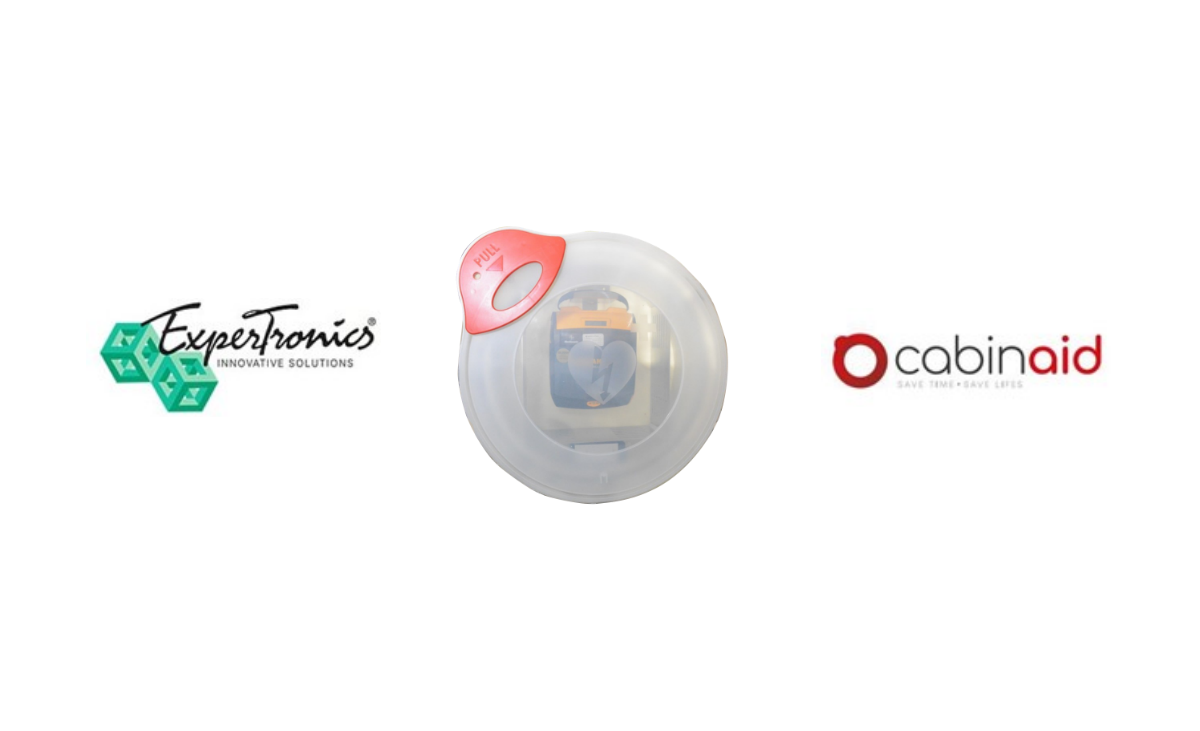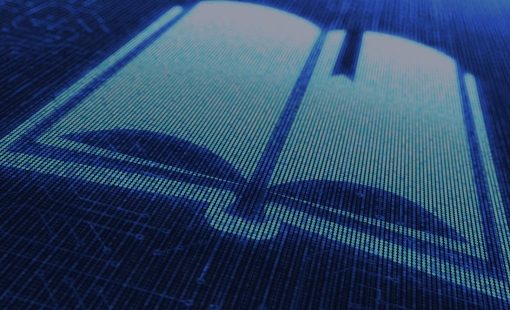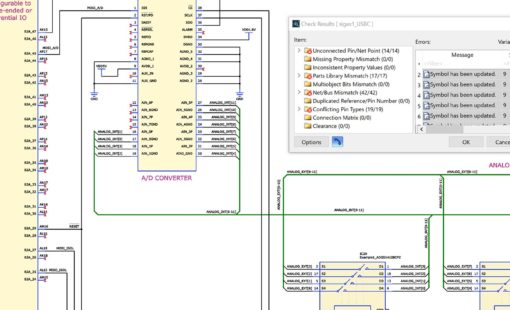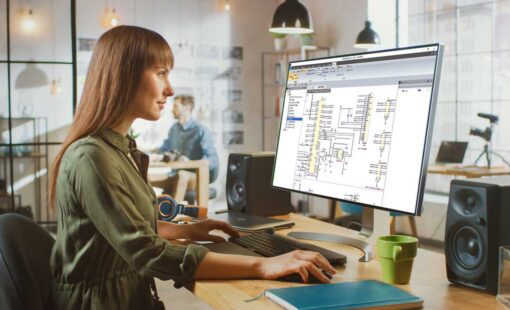Introduction to AEDs / Automated External Defibrillator
When a friend of mine, Piet Vaes from the company Expertronics, asked me if I could help him with the schematics and Printed Circuit Board for a small design, I didn’t hesitate for a moment. With a background in electronics and PCB design, plus having access to Zuken’s next-generation EDA software, eCADSTAR, I saw this project as an excellent opportunity to test its capabilities.
The client behind this project is the company AED Cup B.V. in the Netherlands, a reliable AED (Automated External Defibrillator) supplier for more than 10 years. AED Cup B.V. asked Piet whether he could help with the practical problems of the AED. The AED Climate Control Cabinaid project was created.
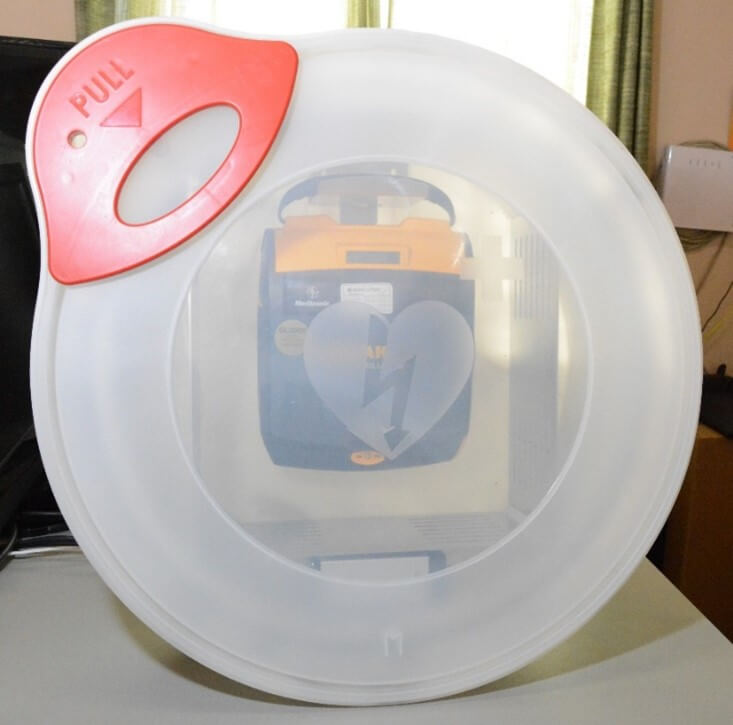
The Temperature Basics and what it does to AEDs
Just as extremely cold weather poses a risk to the correct function of an AED, so does extreme heat. The AED is a life-saving device and fault-free operation is therefore crucial.
An AED used during an emergency must remain within the limits of 0° to 50°C (32° to 122°F) to perform optimally and it must be kept within the minimum and maximum temperatures when it is on standby. To optimize the durability of the electrodes and the battery, the AED, therefore, needs to be stored within these specific temperatures.
The Science Behind an AED
The AED electrodes are placed on the patient’s chest to deliver the crucial shock when the heart is in ventricular fibrillation. During this process, the heart receives an electric shock which restarts the heart, restoring the normal heart rhythm. If the AED is exposed to extremely high temperatures, this can cause the gel on the electrodes to dry out and no longer adhere well to the patient’s chest. This may prevent the electric shock from being delivered during a life-threatening situation. Keeping the AED in an environment that is too warm or too cold can therefore cause the electrodes to become unusable.
The same applies to the battery. Extreme heat and cold can cause the battery to run down more quickly and therefore the battery has shorter durability, which means that the AED will no longer work.
How do you Ensure Your AED is Still Working?
General advice for placing an AED is to place it indoors, but this is not always possible. So how do you know and ensure in case of an emergency that the AED is still working?
To ensure the AED is working in case of an emergency we developed a small climate control unit that fits into the cabinet of an AED.
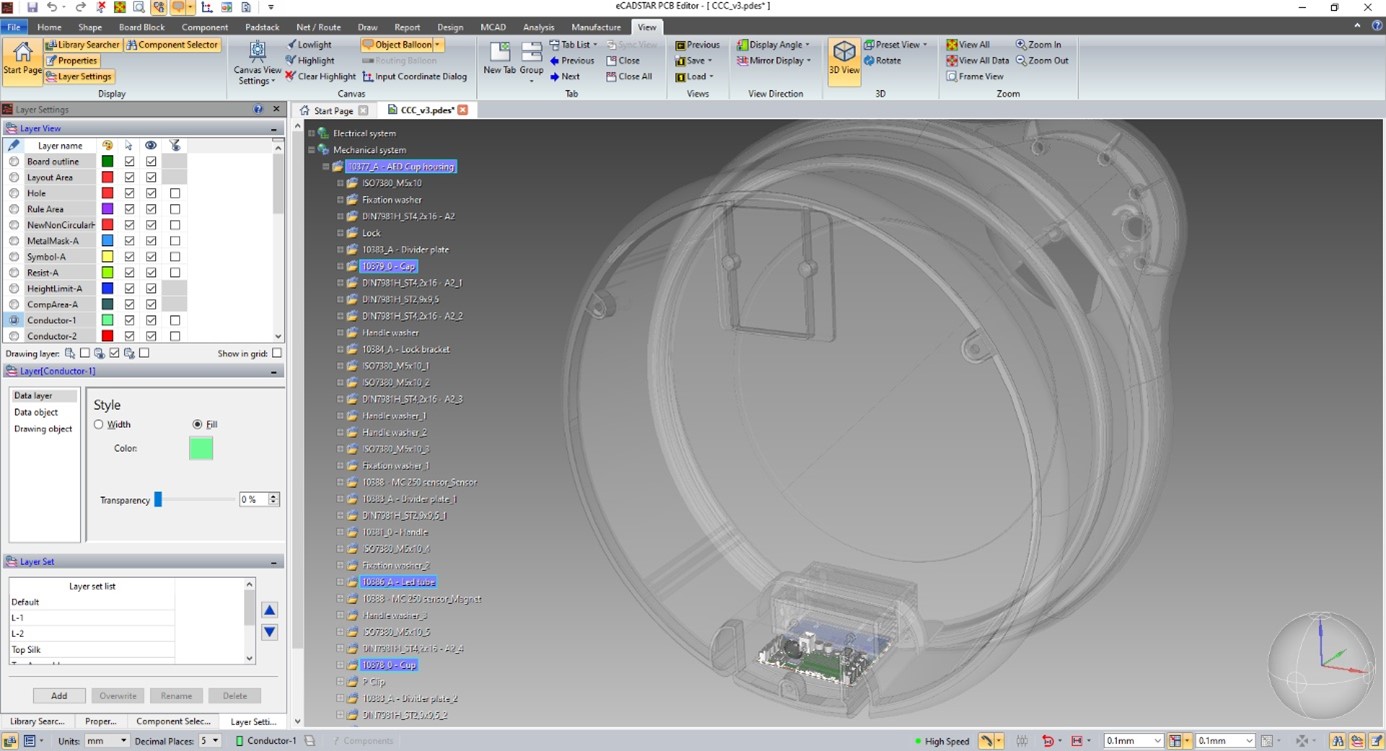
Through wireless communication, we can regularly check the status of the AED. When you know exactly where an AED is, at what time, and in what condition, for example, the ambient temperature, all of the above provides you with the valuable information that you need to make sure your AED is still working. And if you receive an error message, the service technician is already prepared and can take the necessary replacement parts to repair it so that the AED is always operational.
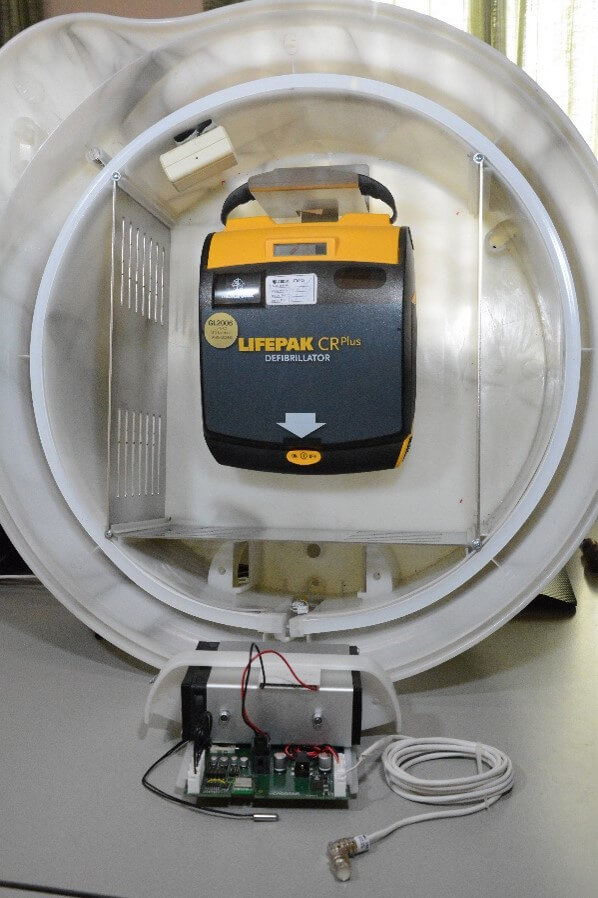
How is the temperature controlled within the AED cabinet?
A temperature sensor monitors the temperature in the AED cabinet and if the temperature is too low or too high, two transition units raise or lower the temperature. The transition units are driven by a H-bridge motor driver from Texas Instruments DRV8873HPWPRQ1 or as an alternative from STMicroelectronics VNH7070ASTR. One of the challenges for the PCB design is a 10-A peak current drive. Trace widths are an important design parameter in a PCB design. Adequate trace widths are necessary to ensure the desired amount of current can be transported without overheating and damaging your board. Multiple online trace width calculators are available on the internet to calculate approximations to the ANSI / IPC-2221/IPC-2221A design standards for PCB trace widths on an external or internal layer for a given current and copper weight. A higher current requires thicker traces, while a thicker copper weight allows for thinner traces. In eCADSTAR, you can build your design rule technologies in your library, including the required layer stack, materials, copper thickness, trace widths, etc., plus assign and reuse the required rules to your nets as needed.

Another challenge is fitting the board into the cabinet and ensuring the components do not form obstacles to each other or to the cabinet. Today’s modern EDA solutions, such as eCADSTAR, are native 3D EDA solutions and the collaboration with MCAD is sublime. It allows you not only to place components seamlessly in a 3D mode but as well to import the mechanical data (e.g. through STEP), while the Design Rule Check prevents collisions, breaking clearance, and creepage rules.
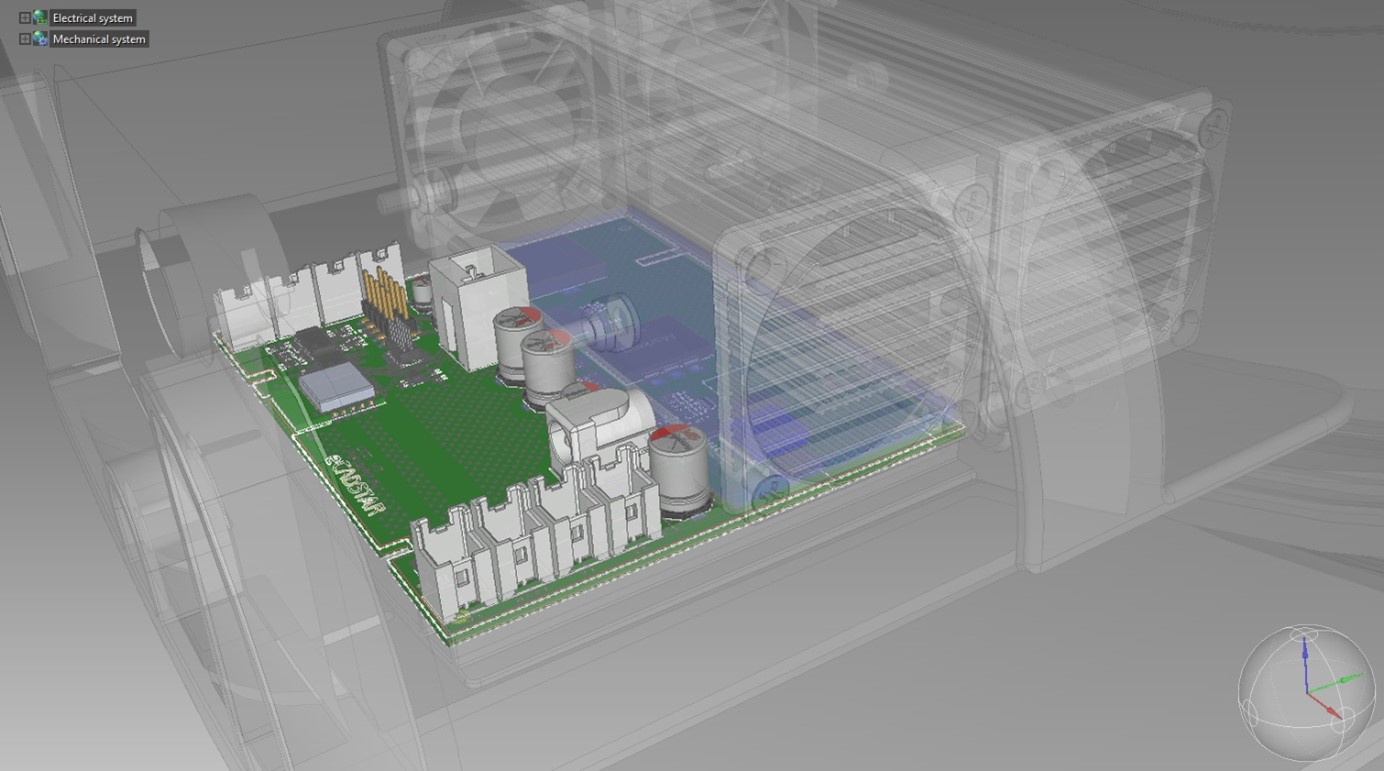
How do you Communicate with the AED?
Several mobile network providers (like KPN in the Netherlands) developed the LoRa network; an energy-efficient wireless network for the Internet of Things (IoT). ‘LoRa’ stands for Low Power Wide Area Networks (Long Range): a new energy-efficient network technology. LoRa enables millions of devices that use just a little data, connect at a great distance with the Internet with very low energy consumption and at low cost. With a single transmission antenna, the network can cover a range of up to 15 kilometers. Compare this with a 5G network and you will understand the choice of communication that has been made for the LoRa network.
For the short range communication, we are using a Bluetooth v5.1 Low Energy Transceiver of Dialog Semiconductors (Renesas) DA14531MOD-00F01002 in the design. It comes with an integrated antenna and easy to use software making Bluetooth low energy development easier than ever before. This awesome device takes mobile connectivity to applications previously out of reach, enabling the next billion IoT devices, with SmartBond TINY™ at the core.
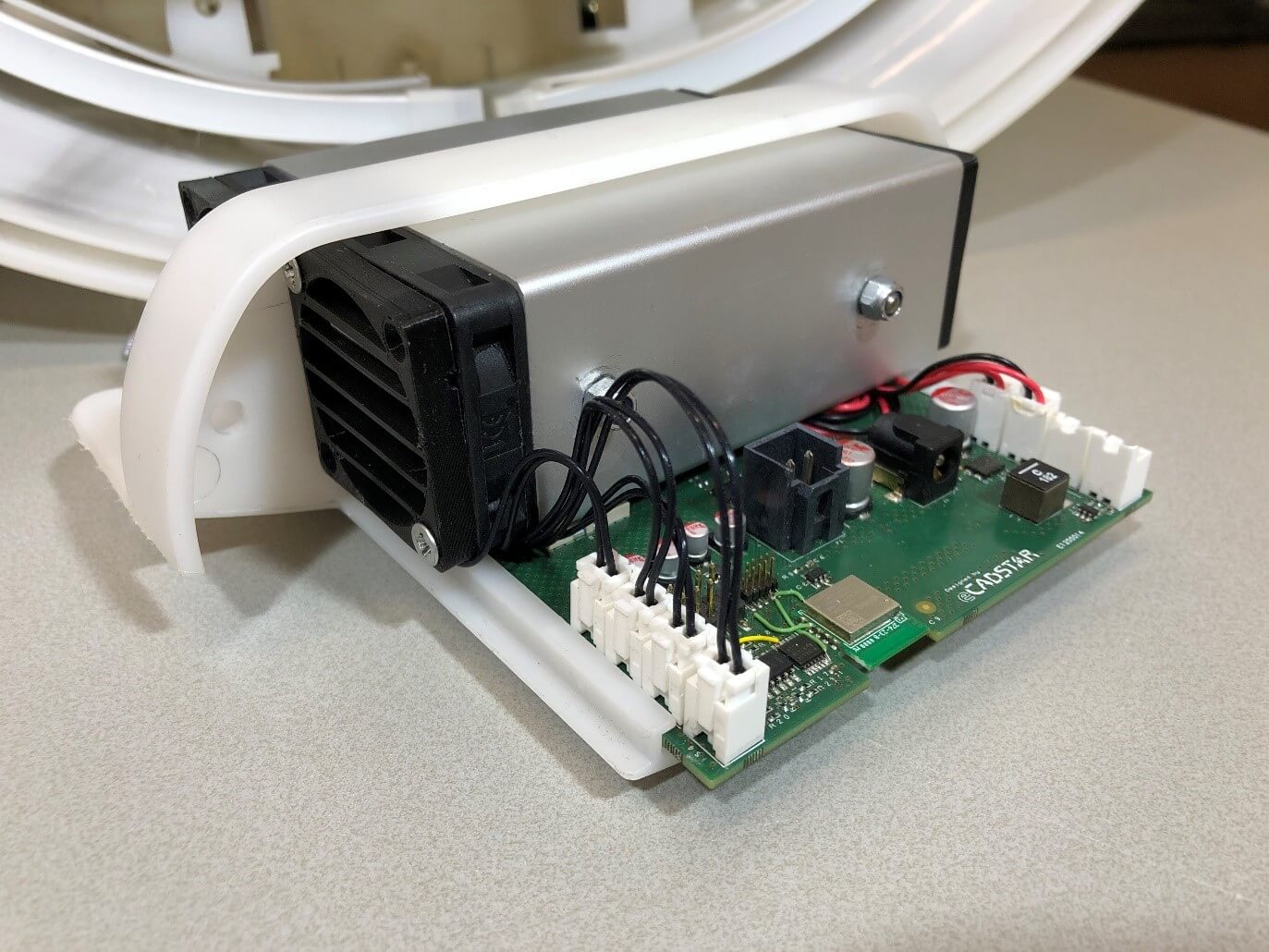
Cloud-Based Component Libraries
The eCADSTAR cloud-based component libraries were of great help to easily and quickly find the required components. The Library Searcher features direct integration to some of the world’s largest part vendors and millions of online components.
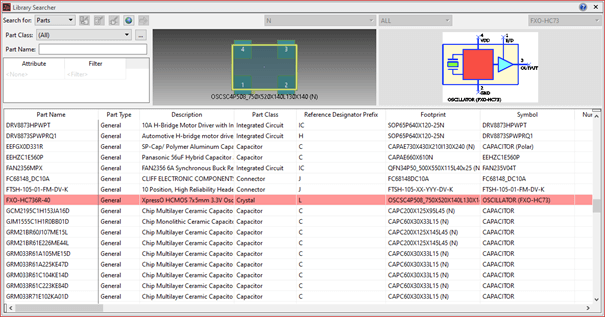
We were able to find part information instantly, with direct access to live information (such as stock, price, and datasheet). Because the part information includes the schematic symbol, the PCB footprint, and the 3D model, it saved us a lot of time in building the prototype. If we were not able to find the part we wanted, we could request it for free, usually delivered within 48 hours. Once the schematic design was complete in eCADSTAR, we exported a Bill Of Material with all the details needed to order the components early in the design process, avoiding potential surprises at a later stage of the project.
Design Variation
Depending on where the board is assembled (e.g. Netherlands or Taiwan) or what parts are available, the manufacturer may choose alternative parts, as long as the specifications match. In eCADSTAR Schematics, the Component Browser provides you with an excellent spreadsheet-style overview of the different variations, allowing you to edit which parts to use in your variants, and you can set which parts are fitted or not fitted.
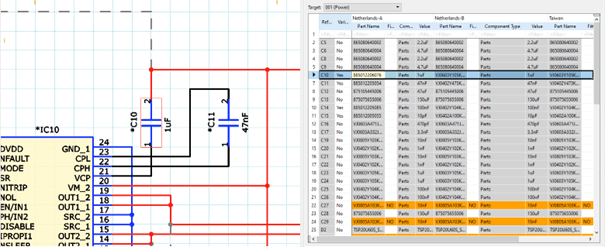
Thanks to eCADSTAR Schematic and PCB software which provides a variety of design rule control tools that constantly assist me in the design process, I was able to complete the PCB design without much difficulty.
If you want to experience how eCADSTAR can help you achieve your PCB design goals, register for an evaluation or request a demo of eCADSTAR.
If you want to know more about the AED Climate Control and the Cabinaid project click here. Should you wish to contact AED Cup B.V. you can get in touch with them here.

-
Jeroen Leinders•eCADSTAR Business Manager Europe at ZukenJeroen Leinders has over 30 years of experience in various parts of the electronic industry as design, manufacturing, and EDA software. He is eCADSTAR Business Manager in Europe for Zuken, based out of his home office in the Netherlands. Where possible, exploring and developing new strategies, business opportunities, and areas for eCADSTAR. Enjoy life, fond of the latest technical gadgets, and riding his motorbike.
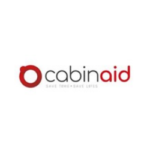
-
Cabinaid•About CabinaidCabinaid is a brand of AED Cup B.V. and considers the well-being of its employees and society as a whole of paramount importance. We work a lot with municipalities, among other things, to make the living environment "Heart-safe". We support events from, among others, the Ned. Red Cross through the loan of AEDs. The dressing materials that are out of date go to Stichting Jeugd EHBO. We donate equipment and CPR dolls to a number of charities.

-
Expertronics•About ExpertronicsExperTronics makes sense of your sensor data and brings it directly to your device. Optimizing Bluetooth Low Energy units, ExperTronics convert sensor data for Long Range, Low power units. Make the most of cloud technology and connect to Azure to retrieve readable sensor data on any device you want.
